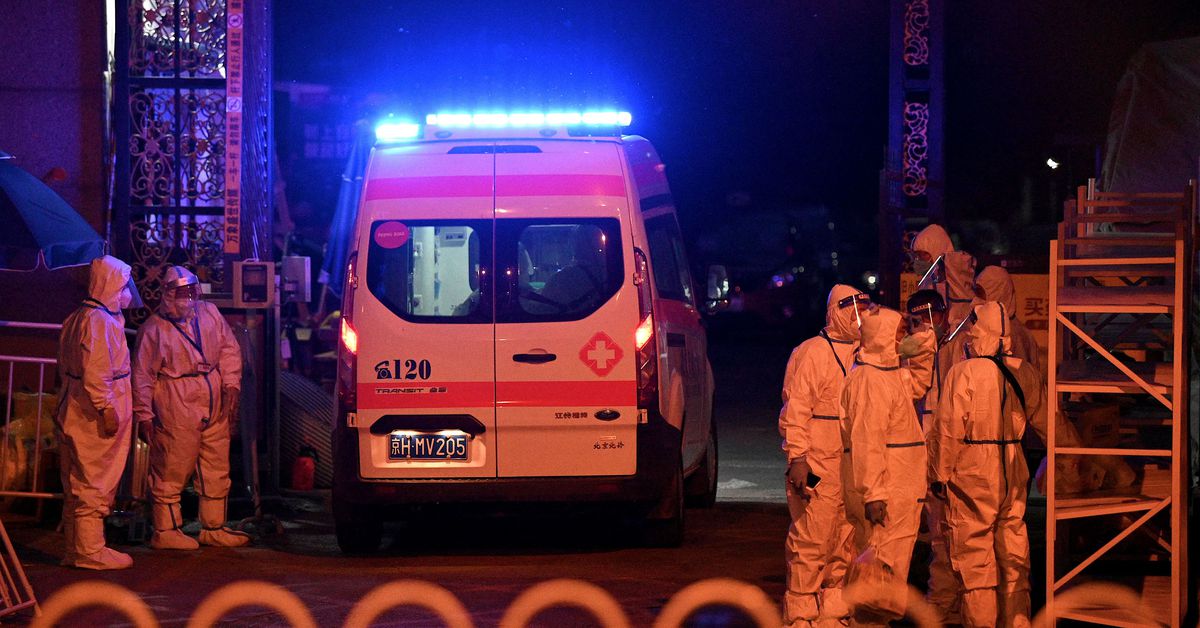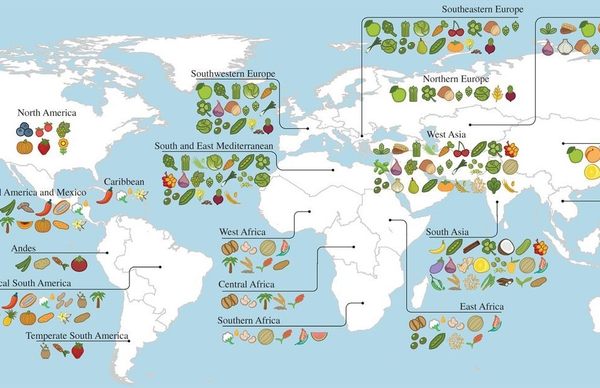
The developing Covid crisis in Beijing, explained
After successfully curbing the novel coronavirus for most of the past two years, China in recent months has faced its biggest Covid-19 surge since the virus was first discovered in Wuhan in December 2019. The Covid wave caused by the highly contagious omicron variant has spread across many major cities, including Shanghai.
This past month, the wave has reached the capital, Beijing, and what happens there could have enormous implications for the course of the pandemic, China’s government, and the global economy.
As of Wednesday, May 18, Beijing has reported 719 cases since the beginning of the month, part of the worst surge the city has faced since the virus emerged. By comparison, Shanghai, China’s economic capital, which had previously dominated the headlines for its devastating surge, has reported 4,798 cases since the beginning of this month. China as a whole has passed the 1.5 million Covid-19 total confirmed case count, with the vast majority of cases reported since the beginning of March.
Although the Beijing case count is lower compared to Shanghai’s, and considerably lower than what’s been seen in the United States, China has responded with urgency. Beijing officials have rolled out numerous policies from their zero-Covid pandemic playbook. This has included rounds of mandatory mass PCR testing for its population of 22 million residents; partial lockdowns; contact tracing; isolation of cases and close contacts; sealing off of buildings; public transit cutbacks; closures of schools, malls, movie theaters, and gyms; and bans on indoor dining at restaurants.




















